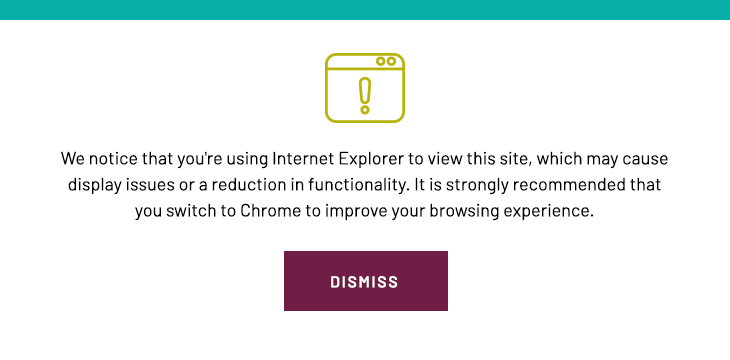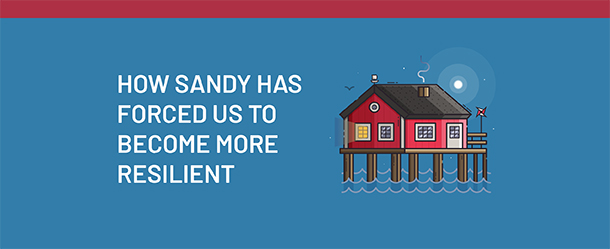



The seventh anniversary of Superstorm Sandy passed recently, and we have been struck by the changing attitudes toward resiliency and sustainability since then. Sandy devastated many communities along coastal New York and New Jersey and served as a milestone event in understanding the importance of communities becoming more resilient. Our team at MBP played a part in getting these communities get back on their feet. This experience acting as program managers for multiple recovery programs in New York and New Jersey offered many lessons learned in planning for future weather-related risks
To demonstrate the urgency of risks posed by events like Sandy, the U.S. Government directed the U.S. Army Corps Of Engineers (USACE) to identify at-risk coastal regions in the North Atlantic and to develop strategies to help mitigate the impact of future storm and sea level rise on the Atlantic Coast (North Atlantic Coast Comprehensive Study [NACCS]).
To further reinforce the importance of the issue, recently in Connecticut the local weather forecaster was talking about flooding along the south shore of Long Island where there had not even been a significant weather event or high tide yet. A nor’easter was offshore and was predicted to bring even more flooding later in the day. Areas of the Keys in Florida are struggling with streets that are flooded only as a result of a high tide. Events like these are bringing the importance of resiliency and sustainability to communities across the U.S. and around the globe.
Addressing Risk Requires a Paradigm Shift
The risks are real and as the USACE study states, “addressing these risks requires a paradigm shift in how we work, live, travel, and play.” With the experience gained from supporting multiple Sandy recovery programs, MBP now has resiliency and sustainability in mind with each project it undertakes. Our team members, from multiple MBP offices, gained firsthand exposure to sustainability and the impact of climate-related events after Sandy. In July of 2013, MBP started working with the New Jersey agencies that managed the Reconstruction, Rehabilitation, Elevation, and Mitigation (RREM) residential recovery efforts for single family homeowners. Relying heavily on cloud-based IT platforms, MBP helped manage the documentation associated with the reconstruction of over 5,000 homes in about three years. Each home was its own project, with its own unique challenges. Managing the relevant documentation is a challenge that frequently frustrates program managers and aid applicants, but we were able to identify creative, cutting-edge solutions to make sure the homeowners did not have to deal with lost paperwork and missing information.
Grant Funding
It’s important to note that grant funding used for the recovery programs MBP supported in New York and New Jersey are Federal funds. HUD CDBG-DR (community development block grant-disaster recovery) to be specific. Not to get bogged down in specifics, but the state will submit an “action plan” to the federal government outlining the need for aid. The federal government (HUD in this case) then can authorize release of the grant funding, but money from the government has strings attached. One thing that everyone wants to avoid is fraud and abuse. The importance of avoiding and mitigating any fraud or abuse is the reason for much of the required documentation and layers of review. To help make the process efficient, reliable and scalable, we partnered with an IT solutions provider. Together we designed a system that met all the requirements necessary, not only for compliance, but for reliability and ease of use.
Another interesting development with the RREM program in New Jersey was that homeowners receiving grant funding needed to take precautions against having to rebuild again. The driving factor was that if people are going to re-build in flood prone areas, let’s try to do it in a resilient and sustainable manner.
Any new or reconstructed house needed to have the first floor of the home one to two feet above the new 100-year flood elevations to minimize the impact of future events. We included existing home elevations as well as new flood map designations into the database for each homeowner, thus making sure the new work would comply with the elevation requirements.
This is why you’ll see so many new homes that are elevated along the Jersey Shore now. Jacking up (elevating) existing homes is also an option when the structure of the house supports this remedial mitigation approach.
Lessons Learned
MBP was recently invited to speak at conference in Norfolk, Virginia, to share some of our lessons learned from managing Sandy programs. While preparing for the conference our team used some of the information in the NACCS report and found that it had spun off other reports for high-risk areas. One of these reports was for Norfolk, Virginia. The Norfolk CSRM (Coastal Storm Risk Management) Study is just what you’d expect from a government agency. Over 500 pages of graphs, data, pictures, and carefully worded narratives with lots of footnotes. With all that it’s easy to see two key things in the Norfolk study:
The Norfolk CSRM goes on to identify ways the city can mitigate the impact of future events. The report has three distinct approaches the City can take which also would be applicable to other municipalities:
The goal of the Norfolk report is to identify ways the community can be more sustainable and resilient. This is not dissimilar to the NJ RREM program’s efforts to make sure homeowners were able recover quickly from future storms and lessen the costs associated with bouncing back from future storms.
With the seventh anniversary of Superstorm Sandy behind us, let’s learn from our past, and keep resiliency and sustainability in mind in the AEC community.
Comments